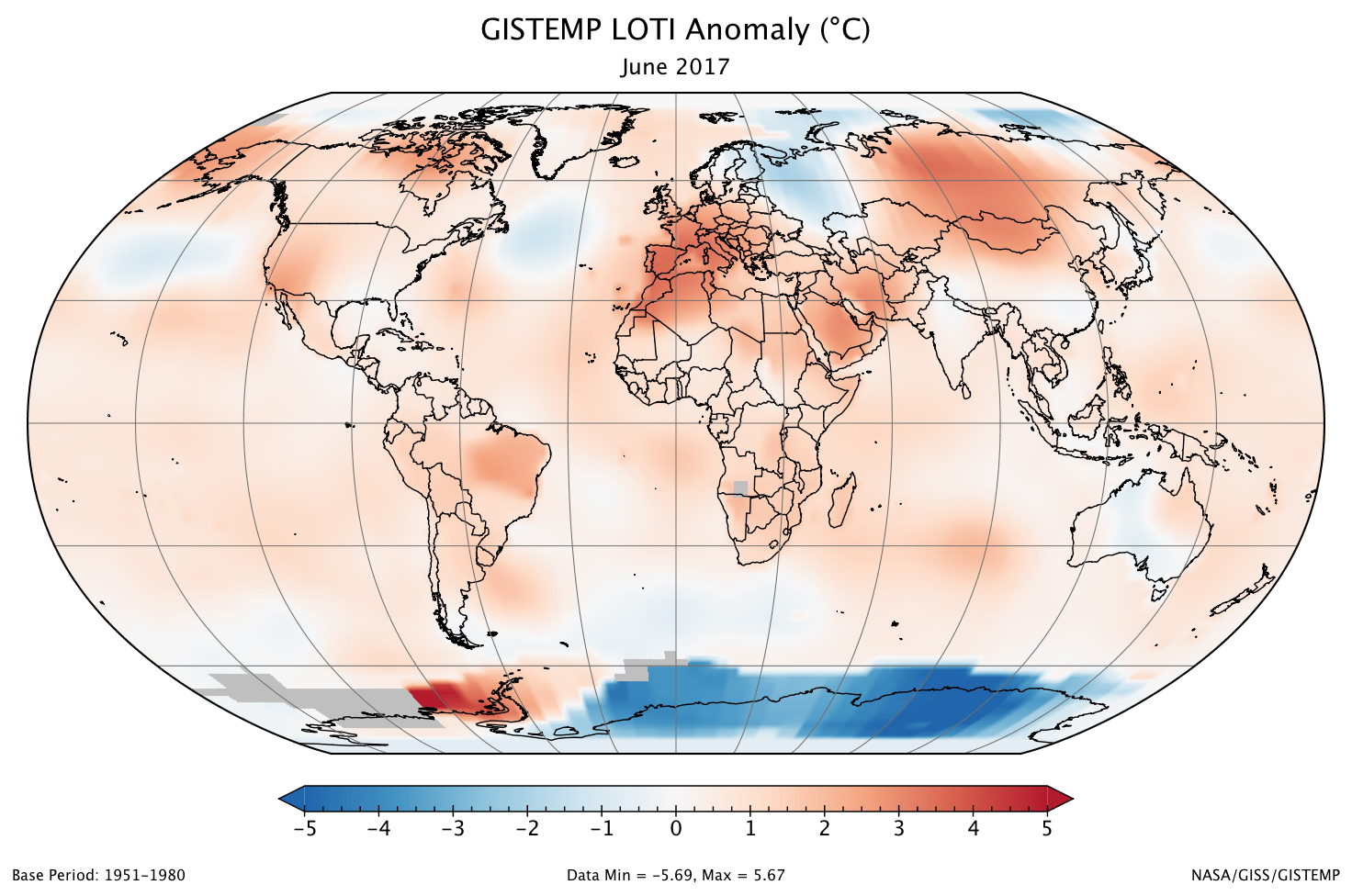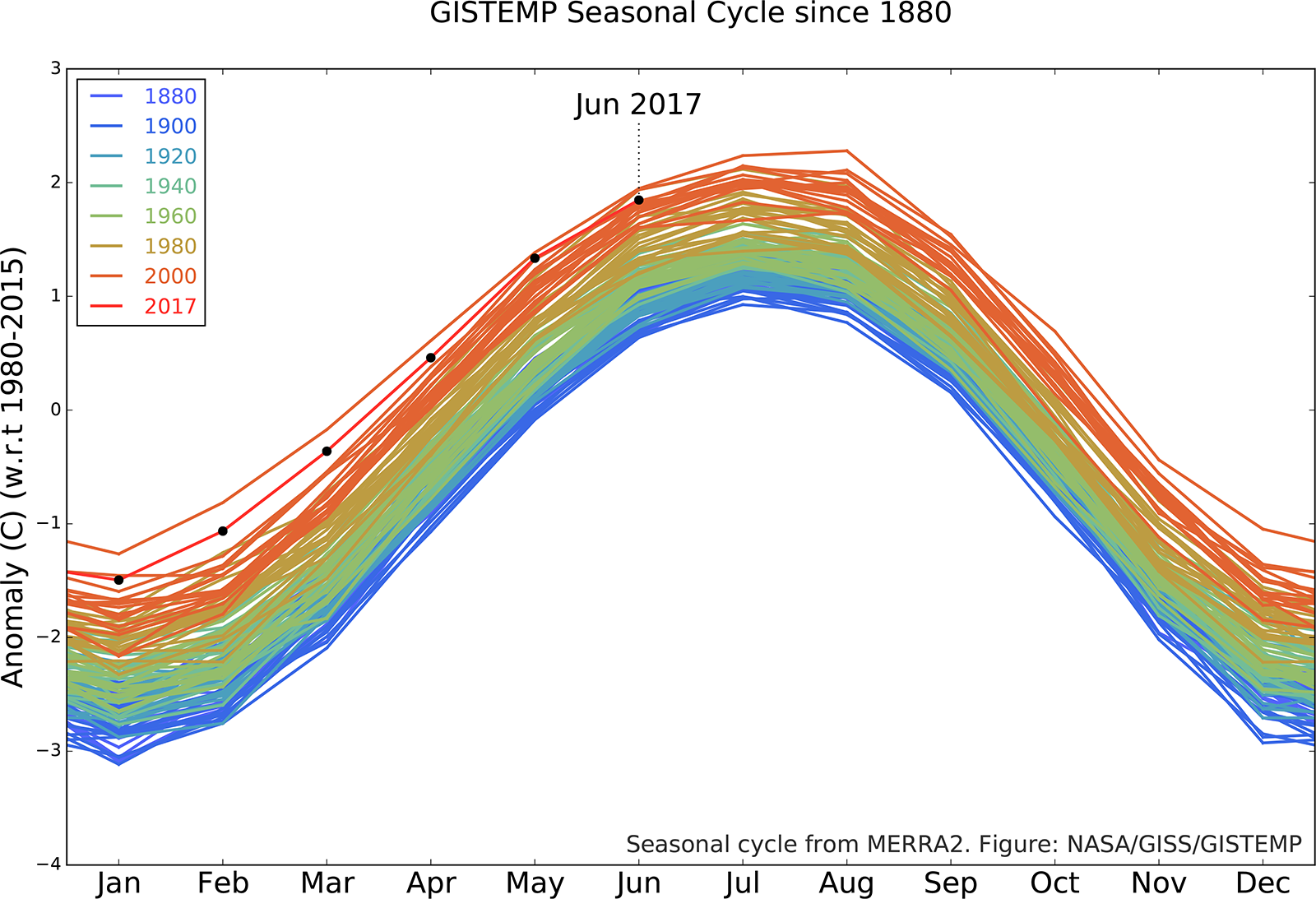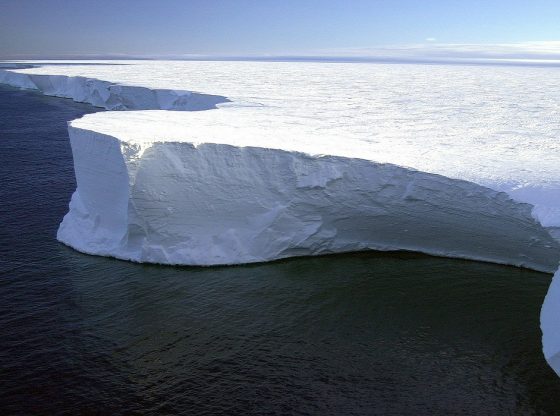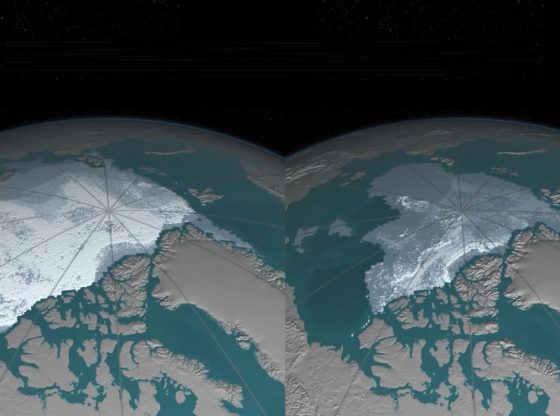June was among the hottest months ever recorded and breaks the heat record for the third consecutive year, according to data from NASA.

Climate researchers at Nasa’s Goddard Institute for Space Studies (GISS) in New York estimate that 2017 will probably be the second warmest year after the record breaking year of 2016. Already now, statistics show that June 2017 was the fourth warmest June ever recorded since measurements began 137 years ago.
The report by Nasa’s premier climate scientist James Hansen and eleven other experts shows that temperatures have risen by 0.18 degrees per decade over the past 45 years.

The researchers note that the last time a similar temperature increase occurred was 115,000 years ago when the ice cover was much smaller and the sea level was 6-9 meters higher than today.
This means that there is diminishing hope among climate experts to limit global warming to 2 degrees. The climate agreement agreed upon in Paris 2015 was to limit global temperature average to under 1.5 degrees. For a new climate agreement that will take effect in 2020, countries will commit to keeping the average global temperature increase below 2 degrees.
According to researchers, the temperature rise is almost exclusively caused by greenhouse gas emissions, mainly from fossil fuels. At the current rate, global warming of 1.5 degrees is estimated to have been reached in the 2040s, while other studies indicate that it can happen a lot earlier.
Reference:
NASA GISTEMP: June 2017 Was Fourth Warmest June On Record
NASA: June 2017 was fourth-warmest June on record






















